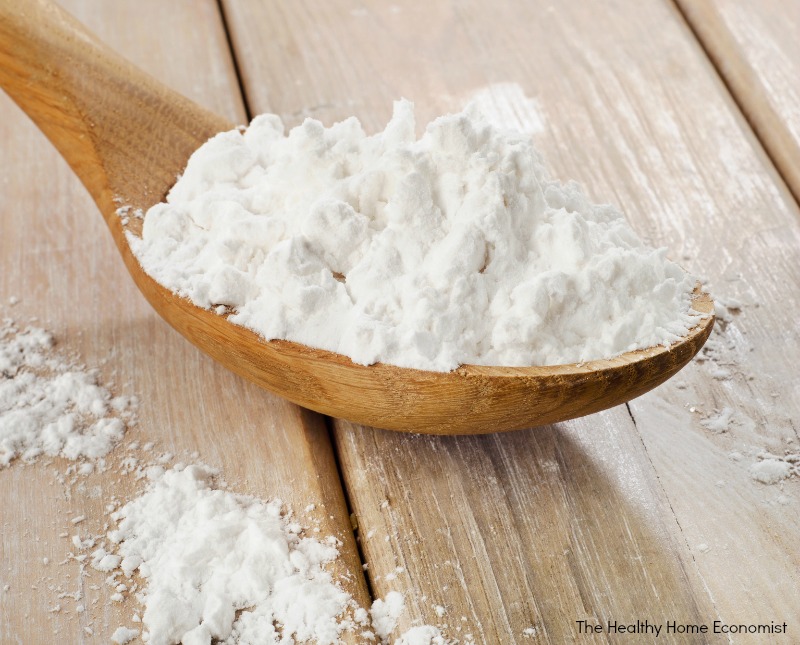
PVA sponge is an open pore structure hence the porosity is an important criterion to
During the foaming process, the PVA raw material shall be reacted with formaldehyde in various process temperature and time in order to form PVA’. During the process, a forming agent shall be added.
Manufacturing a PVA sponge already becomes a mature process for the industry, however, achieving controllable and uniform foam morphology are still the top-secret know-how for
Selection for PVA Forming Agent

Starches are the commonly used material as a forming agent. During the foaming process, the manufacturer will add difference starch such as potato and wheat starch for creating suitable foam in the PVA sponge.
- Wheat starch: generate smaller pore size
- Potato starch: generate larger pore size
After the foaming process, the starch will be washed out from the PVA sponge. Many studies have been conducted by using various starch and mixture ratio in order to achieve the wanted pore size. This is the critical PVA foaming know-how.
Parameters Affecting PVA Pore Foaming
Even though the manufacturer has identified the foaming agent
Parameters affecting the foaming result
I would like to list out several parameters which affecting the foaming result, this include:
- Forming agent selection
- Process temperature
- Foaming time
- PVA concentration
- Stirring speed
- Chemical concentration
The
How to See the Pore Structure

Foaming condition is the direct effect on the pore structure, hence we always evaluate the pore structure instead of foam.
There are many
By studying the foaming and pore distribution, therefore we shall gain a clearer answer for these 2 questions:
- How should we identify the pore size or dimension?
- How about the pore distribution within the sponge?
Basically, this means we have to understand the pore morphology or the pore structure. In the industry, we always determine the pore morphology by using Scanning Electron Microscope (SEM). But this is a luxury tool for many PVA sponge manufacturers.
So far we have briefly gone through the foaming agent, the parameters

One Response